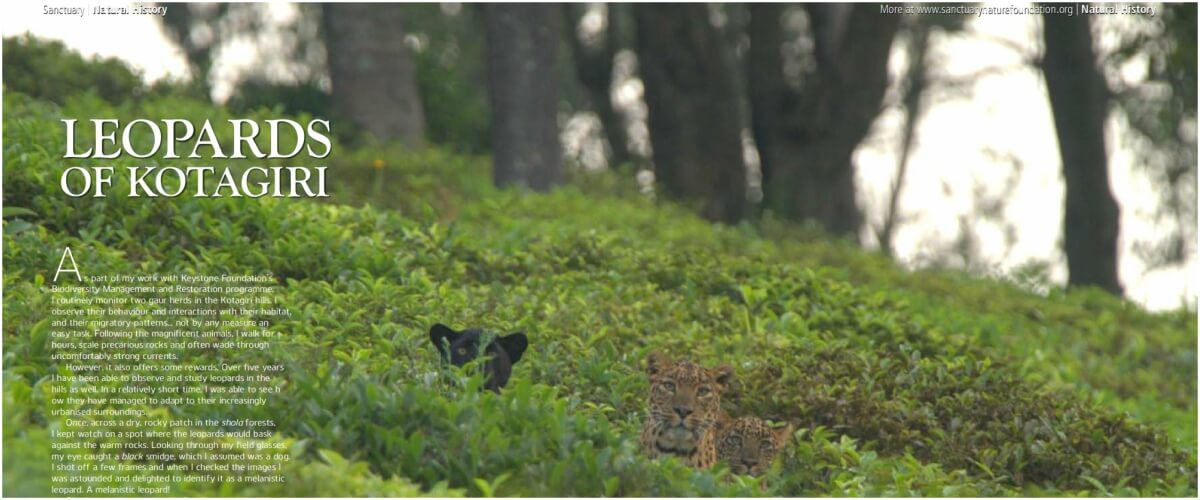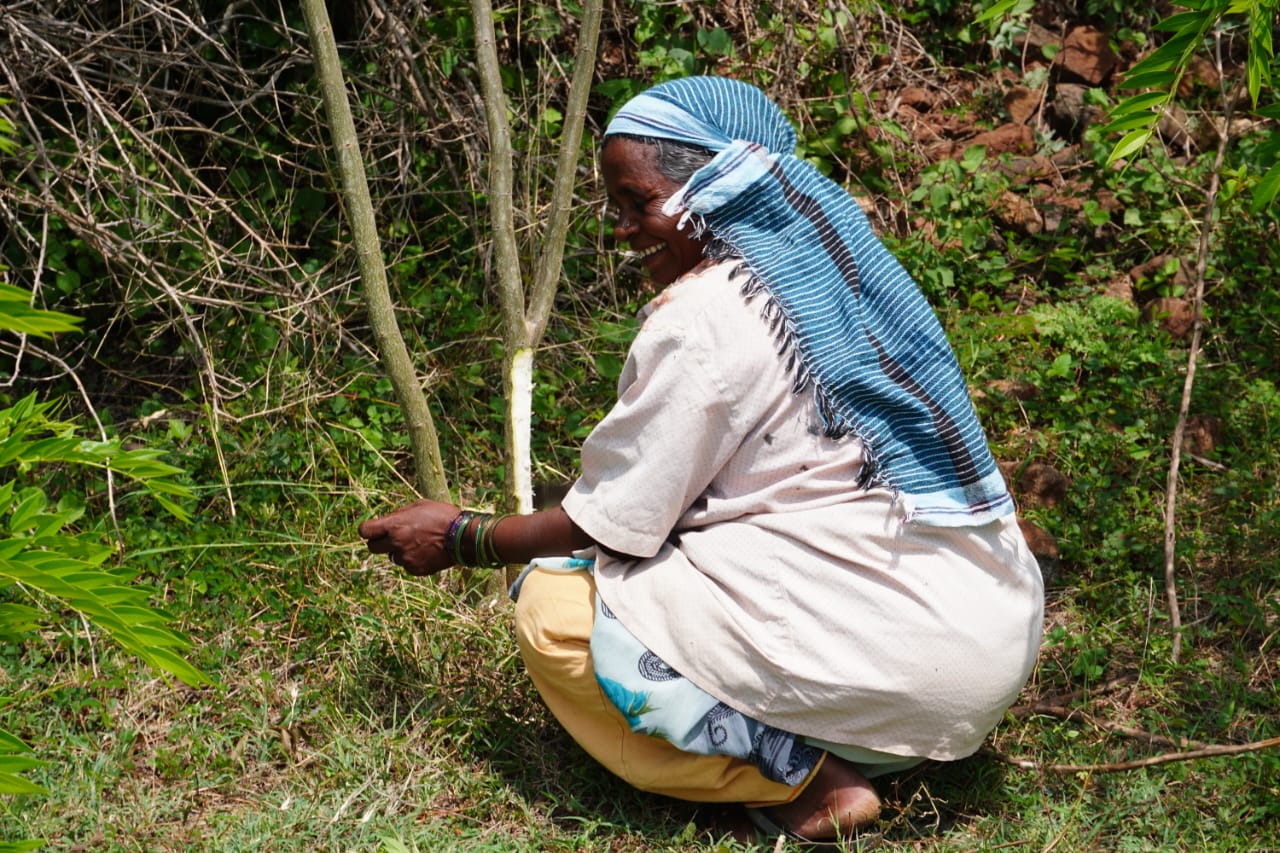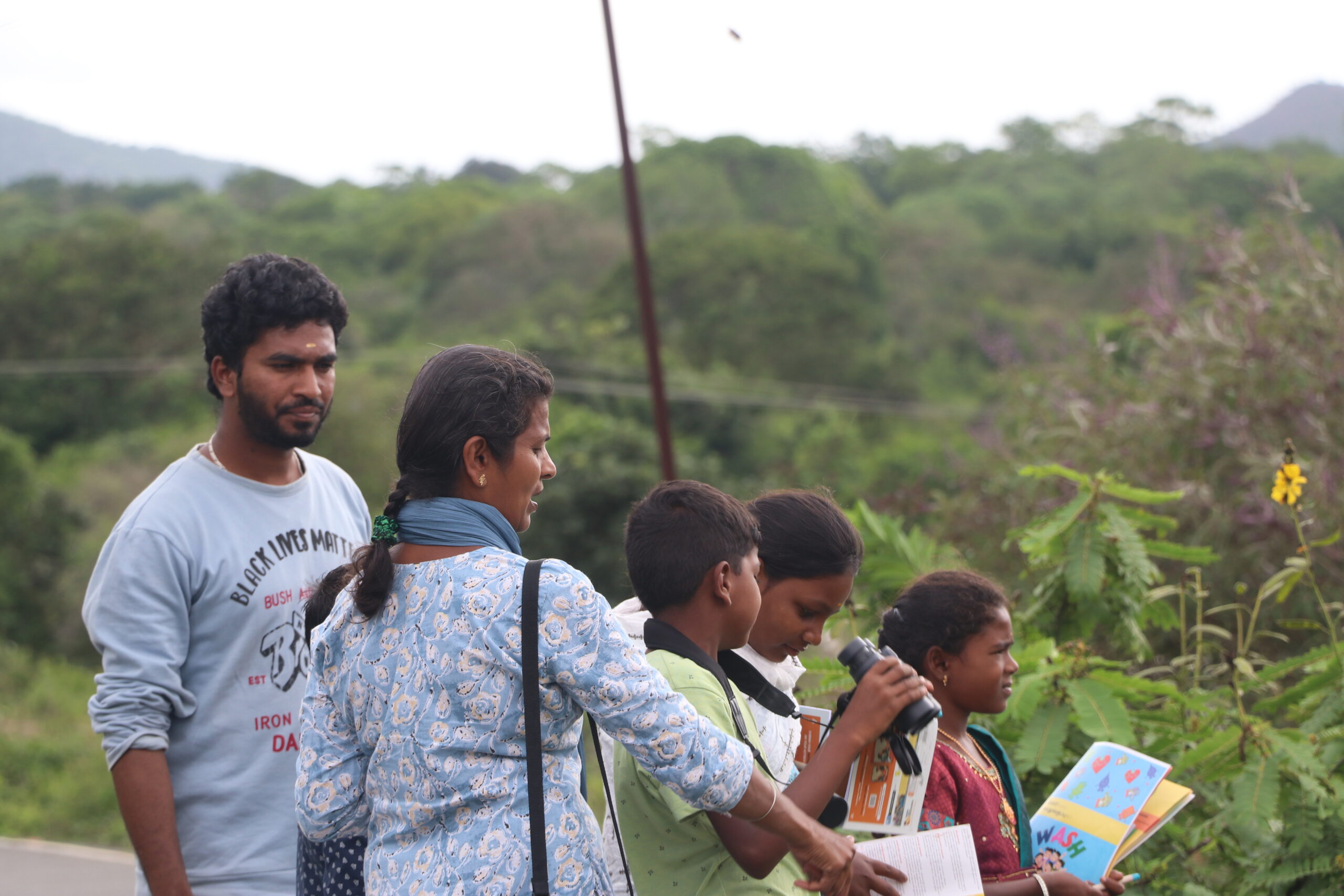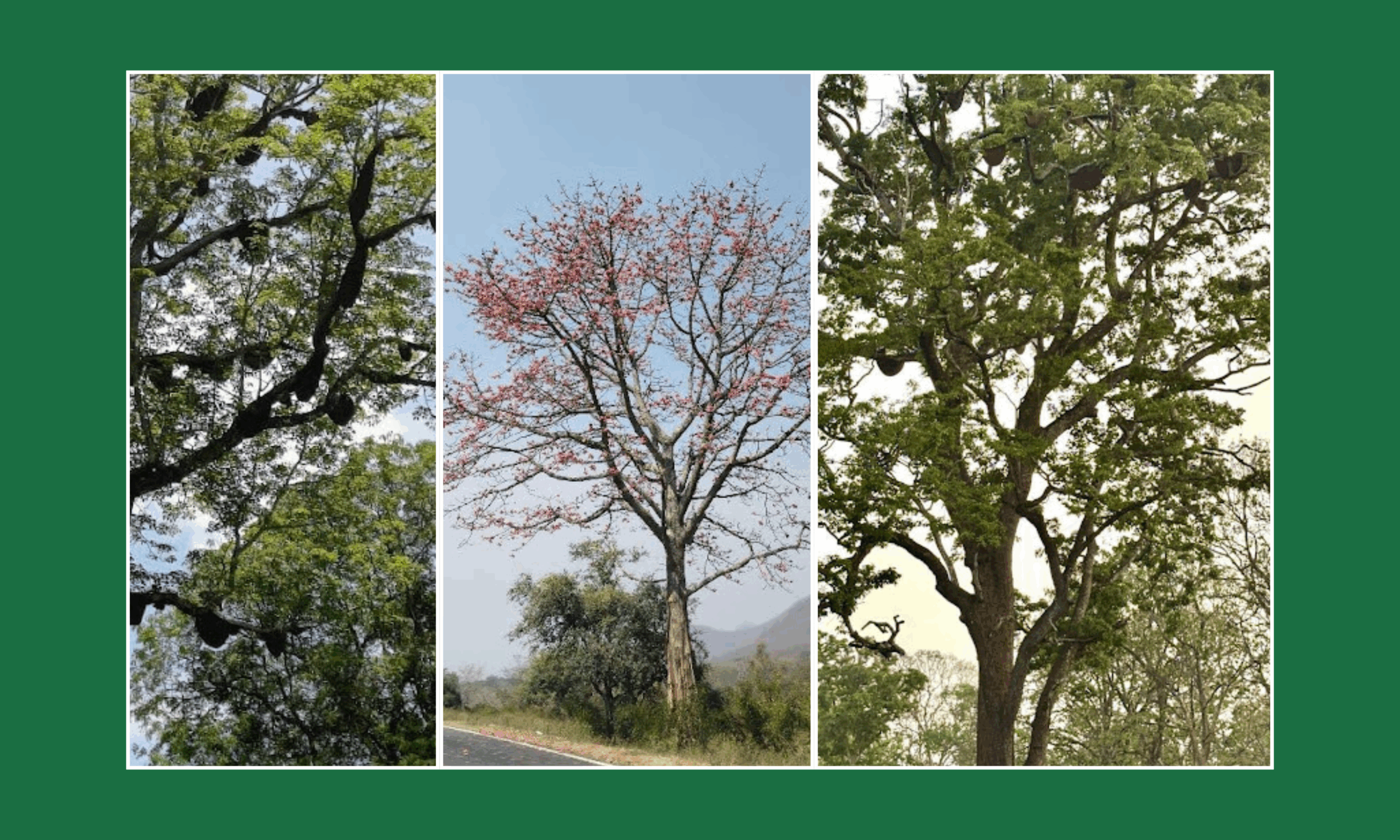While in field, Chandrasekar- a staff from Keystone- had a rare encounter with an unusual cat family. Here is his story about Leopards in Kotagiri which also got featured in the Sanctuary Asia June 2020 Edition.
As part of my work with Keystone Foundation’s
Biodiversity Management and Restoration programme,
I routinely monitor two gaur herds in the Kotagiri hills. I
observe their behaviour and interactions with their habitat,
and their migratory patterns… not by any measure an
easy task. Following the magnificent animals, I walk for
hours, scale precarious rocks and often wade through
uncomfortably strong currents.
However, it also offers some rewards. Over five years
I have been able to observe and study leopards in the
hills as well. In a relatively short time, I was able to see h
ow they have managed to adapt to their increasingly
urbanised surroundings.
Once, across a dry, rocky patch in the shola forests,
I kept watch on a spot where the leopards would bask
against the warm rocks. Looking through my field glasses,
my eye caught a black smidge, which I assumed was a dog.
I shot off a few frames and when I checked the images I
was astounded and delighted to identify it as a melanistic
leopard. A melanistic leopard!
Clearly, it had spotted me before I spotted it and I saw
it slink quietly away. I returned to the images, which, when
enlarged, revealed not one, but three leopards including two
non-melanistic cats, right next to the one I had scoped!
By the time I looked back up from my camera, all three
cats had melted into the vegetation.
No matter how experienced, in the wild, we manage
to observe, record and understand mere fragments of
the wild spaces into which we venture. Essentially, human
communities have a disconnect with nature. Our inferior
instincts pale in comparison with those of our wild denizens.
Were we more intelligent, we would surely be more
humble in accepting this reality.
By Chandrasekar


















